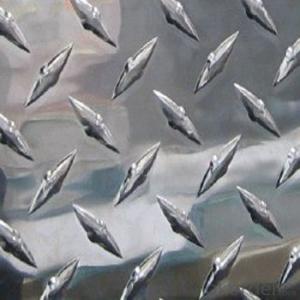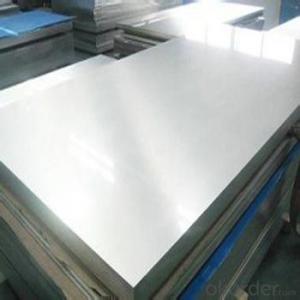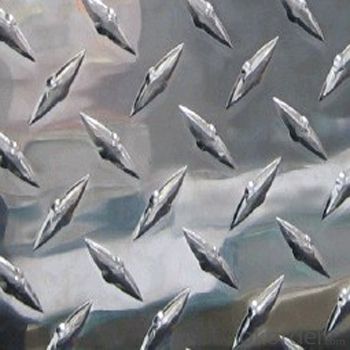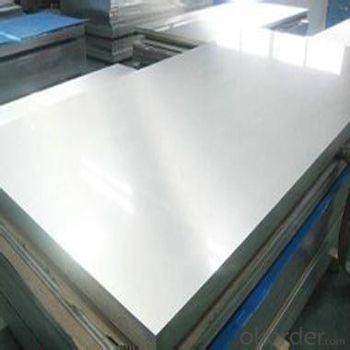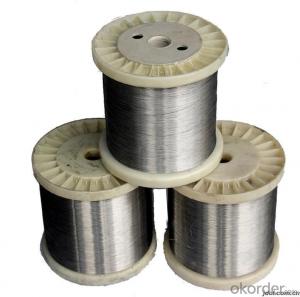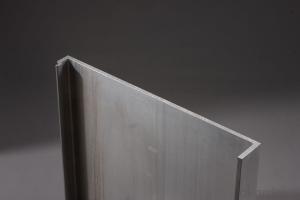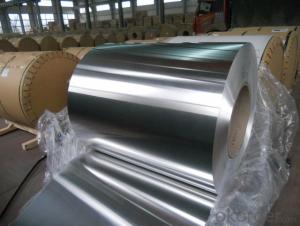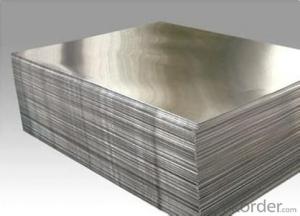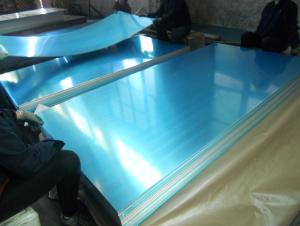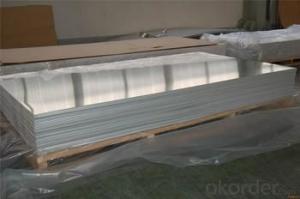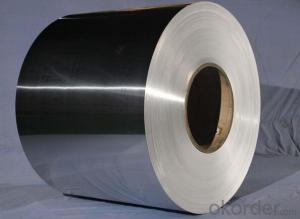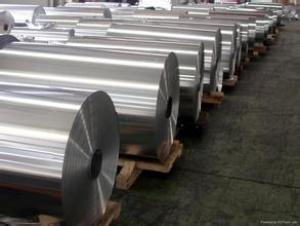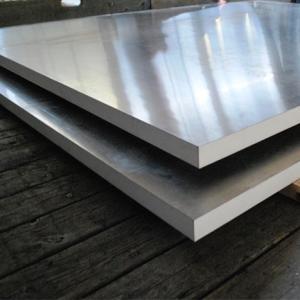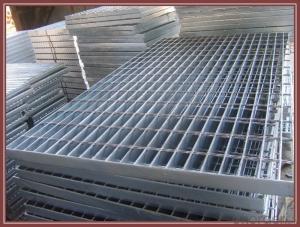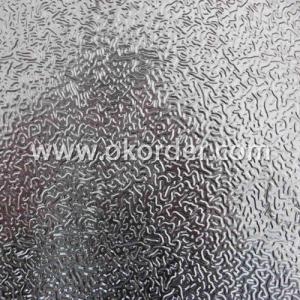Pro Bond Embossed Aluminum Sheet Plate Mill Finish
- Loading Port:
- Shanghai
- Payment Terms:
- TT OR LC
- Min Order Qty:
- 3 m.t.
- Supply Capability:
- 300 m.t./month
OKorder Service Pledge
OKorder Financial Service
You Might Also Like
Specification
Description
Corrosion resistance can be excellent due to a thin surface layer of aluminium oxide that forms when the metal is exposed to air, effectively preventing further oxidation.The strongest aluminium alloys are less corrosion resistant due to galvanic reactions with alloyed copper.This corrosion resistance is also often greatly reduced by aqueous salts, particularly in the presence of dissimilar metals.
2. Specification
EMBOSSED ALUMINIUM SHEET EMBOSSED ALUMINIUM SHEETS ALUMINIUM SHEETS
ALLOY : AA1***(AA1050,AA1060,AA1070,AA1100etc)
AA3***(AA3003,AA3004,AA3005,AA3105etc)
AA5***(AA5052 etc)
TEMPER:H14,H18,H24,H26,H32
THICKNESS:0.2mm-20mm
WIDTH:10mm-1500mm
EMBOSSED PATTERNS : Diamond, stucoo,bars etc
STANDARD: GB/T3880-2006
Special specification is available on customer's requirement
3.Advantage
Best price!
4.Pictures
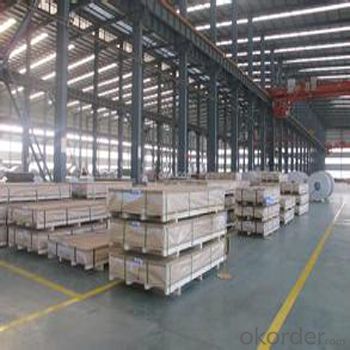
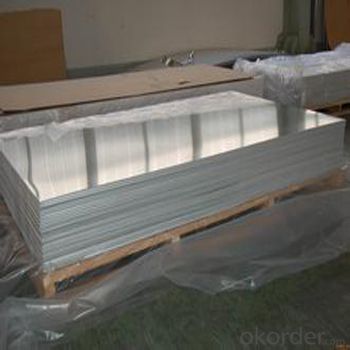
5.FAQ
1)How about our payment term?
LC and TT and other.
2)Which country can we supply?
All around the world!
- Q: Are aluminum sheets suitable for beverage cans?
- Indeed, beverage cans can be made from aluminum sheets. The beverage industry heavily relies on aluminum due to its exceptional qualities. This material is renowned for being lightweight and resistant to corrosion. Moreover, it acts as an effective shield against light, oxygen, and moisture, thereby ensuring the beverage's quality and freshness are preserved. In addition, aluminum is highly malleable, enabling the creation of cans with diverse shapes and sizes. Furthermore, it is worth noting that aluminum is recyclable, making it an environmentally conscious option. In summary, aluminum sheets perfectly fulfill the functional and sustainability criteria, rendering them the perfect choice for beverage cans.
- Q: what’s the difference of activated aluminum and aluminum sheet?
- you can use weak acid ,weak base solvent or steam to clean the oil and dirt on the surface, it's activated aluminum, their difference is that activated aluminum has porous structure oxide film.
- Q: need help choosing an aluminum welder at a descent price also
- What okorder /
- Q: Can aluminum sheets be used for HVAC ductwork?
- Indeed, HVAC ductwork can utilize aluminum sheets. Owing to its lightweight and corrosion-resistant characteristics, aluminum stands as a favored option for ductwork. Moreover, it proves simple to manipulate and can be molded into diverse configurations and dimensions. Furthermore, aluminum ductwork is renowned for its robustness and extended lifespan. It frequently finds application in both commercial and residential HVAC systems, effectively circulating air within a structure.
- Q: Can the aluminum sheets be used for manufacturing heat sinks?
- Aluminum sheets are capable of being utilized in the production of heat sinks. Owing to its exceptional thermal conductivity features, aluminum is a favored option for heat sinks. It possesses lightweight properties, exhibits high electrical conductivity, and can be easily machined, rendering it an ideal substance for dissipating heat from electronic components. The malleability of aluminum sheets permits them to be effortlessly shaped, cut, and molded into the desired heat sink design, facilitating effective heat transfer and dissipation. Furthermore, aluminum is resistant to corrosion, which guarantees the enduring and dependable performance of the heat sink. In summary, aluminum sheets are widely employed in the manufacturing of heat sinks for a variety of applications across industries such as electronics, automotive, and aerospace.
- Q: This question asks for a list of various methods used to treat the surface of aluminum sheets to improve their properties or appearance.
- <p>There are several types of surface treatment for aluminum sheets, each serving different purposes. These include: Anodizing, which creates a protective oxide layer and enhances corrosion resistance; Chemical Conversion Coating, such as chromate conversion, to improve paint adhesion and corrosion resistance; Electrolytic Polishing, which provides a smooth, shiny surface; Powder Coating, an electrostatic process that applies a durable coating; Paint Coating, offering a wide range of colors and finishes; and Mechanical Polishing, which smooths the surface and improves reflectivity. Each treatment has its specific applications and benefits, depending on the desired outcome for the aluminum sheet.</p>
- Q: Are aluminum sheets suitable for electrical transformers?
- Indeed, electrical transformers can certainly make use of aluminum sheets. Aluminum, being a highly conductive material, presents numerous benefits when employed in transformers. Primarily, its electrical resistance is lower in comparison to other materials such as copper, enabling efficient transmission of electrical energy. Consequently, this leads to reduced energy losses and enhanced overall performance. Furthermore, aluminum possesses the advantage of being lightweight, rendering it easier to handle and install. Moreover, it is also more economical than copper, thus making it the preferred option for extensive transformer applications. All in all, aluminum sheets offer a dependable and effective resolution for electrical transformers.
- Q: Aluminum plate 90 degree bending, why cracking?
- Cracking of 90 degree bending of aluminium plate:1 bend radius is too small2, more impurities aluminum plate
- Q: Can the aluminum sheets be painted or coated with a different color?
- Indeed, it is possible to paint or coat aluminum sheets with a different color. Aluminum, being a flexible material, lends itself well to the application of paint or coating in order to achieve the desired color or finish. This can be accomplished using a range of techniques, including powder coating, anodizing, or the use of liquid paint. These methods serve to both protect the aluminum sheet's surface and alter its color or appearance. The selection of the specific paint or coating will hinge upon the particular requirements and desired outcome. On the whole, the practice of painting or coating aluminum sheets is commonplace, granting opportunities for customization and aesthetic enhancement.
- Q: Can aluminum sheets be bent or formed?
- Yes, aluminum sheets can be bent or formed. Aluminum is a highly malleable and ductile metal, which means it can easily be shaped or bent without breaking. This characteristic makes it a popular choice for various applications, such as manufacturing automotive parts, aircraft structures, and household items. Aluminum sheets can be bent or formed using various techniques, such as press braking, roll bending, and stretch forming. These methods allow the aluminum sheets to be shaped into different angles or curves to meet specific design requirements.
Send your message to us
Pro Bond Embossed Aluminum Sheet Plate Mill Finish
- Loading Port:
- Shanghai
- Payment Terms:
- TT OR LC
- Min Order Qty:
- 3 m.t.
- Supply Capability:
- 300 m.t./month
OKorder Service Pledge
OKorder Financial Service
Similar products
Hot products
Hot Searches
Related keywords
